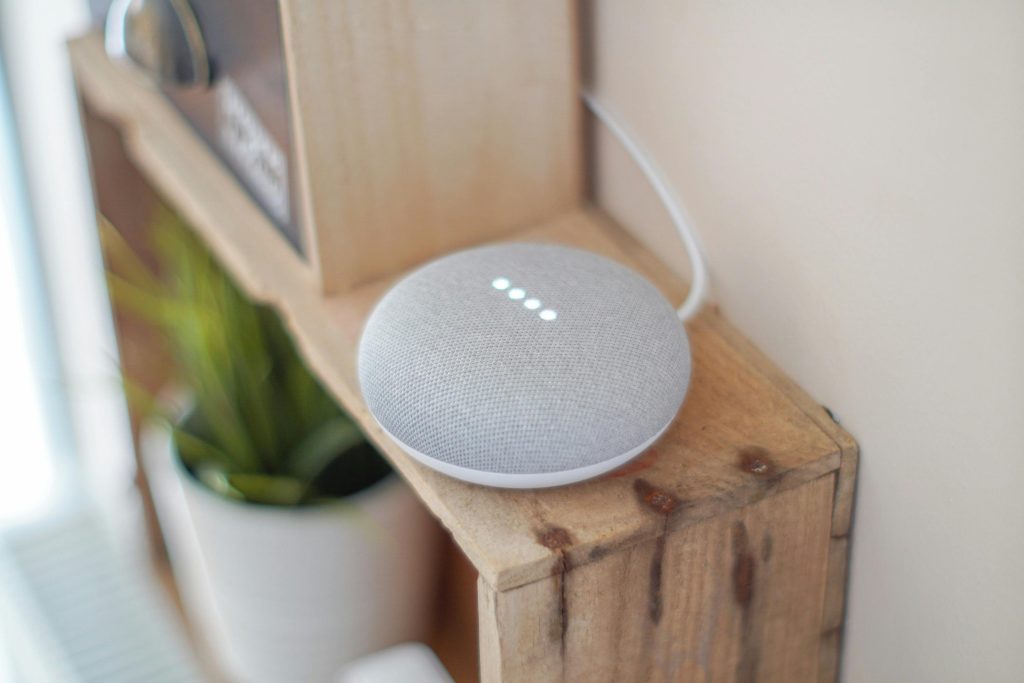Voice technology has rapidly moved from novelty to necessity. With the rise of smart assistants like Alexa, Siri, and Google Assistant, voice interfaces are reshaping how we interact with technology—both personally and professionally.
Voice commands are now used for everything from home automation and online shopping to healthcare support and workplace tools. Businesses are adopting voice search optimization, voice-enabled customer service, and even internal workflow management via virtual assistants.
In sectors like automotive, smart homes, and healthcare, voice interfaces reduce physical touchpoints and improve accessibility. For visually impaired users or busy professionals, voice technology enhances efficiency and inclusivity.
AI-driven voice recognition is also improving in accuracy, natural language understanding, and multilingual support. New technologies like speech biometrics and emotion detection are expanding its potential into security and sentiment analysis.
However, privacy and data security remain concerns. Responsible development and transparent user control will be crucial for mass adoption.
Voice isn’t the future—it’s already here, and it’s changing the way we speak to machines and expect them to listen.



